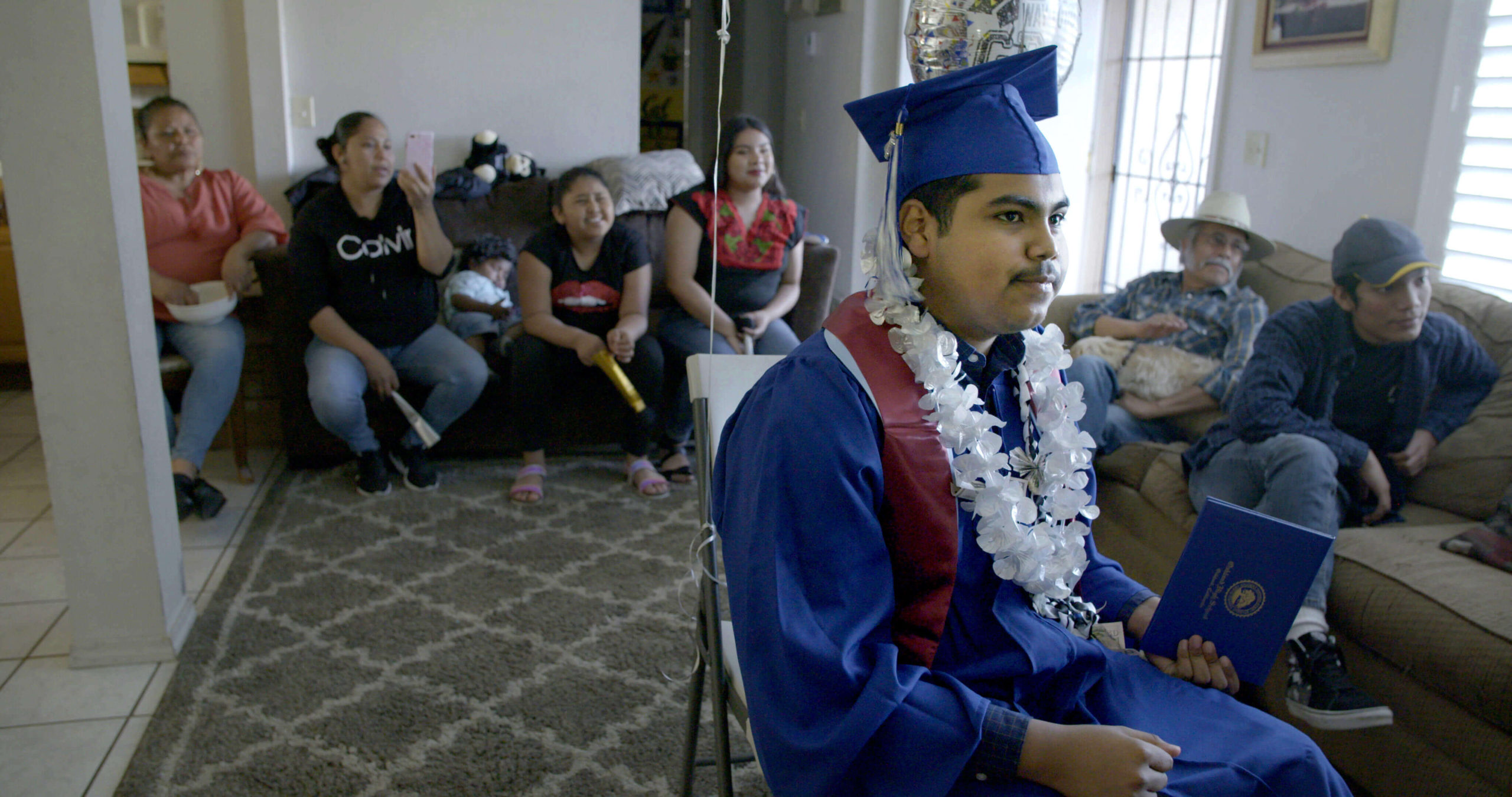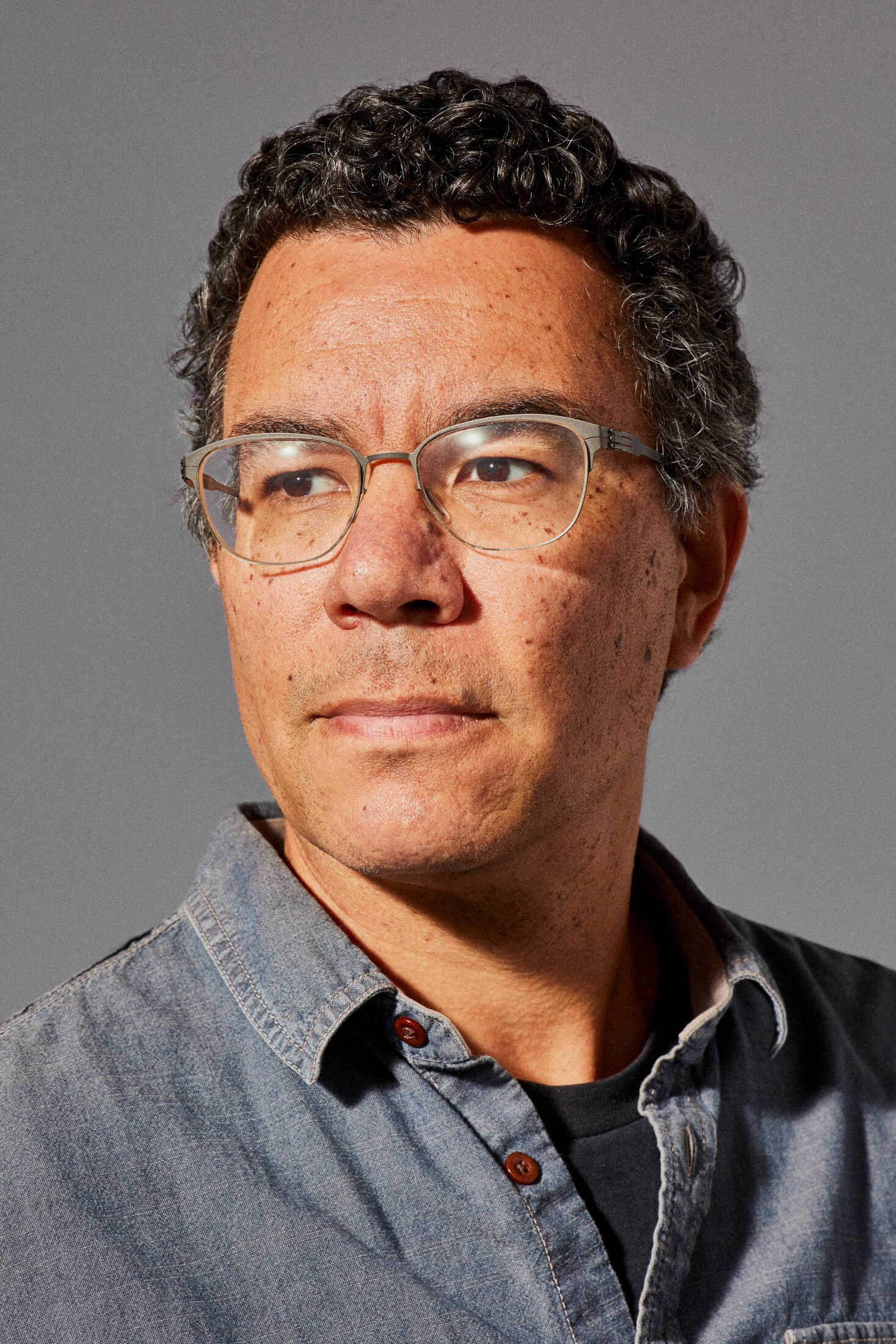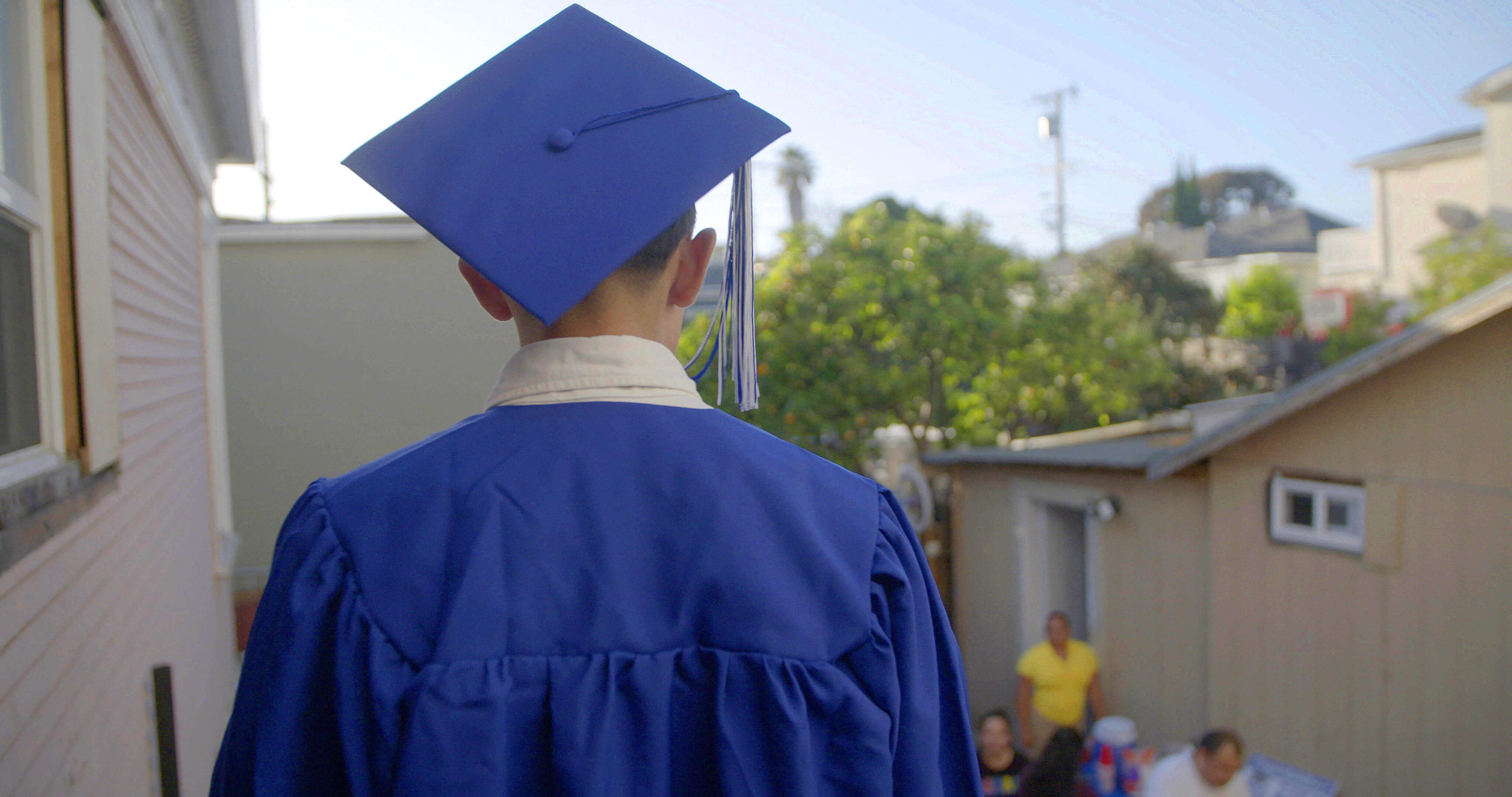Peter Nicks’ exceptional documentary Homeroom, which debuts on Hulu August 12, is the third film in a trilogy focused on the residents of Oakland, California, and their fraught relationship with public institutions. The first, The Waiting Room (2012), centered on health care, specifically Highland Hospital; The Force (2017) was concerned with policing. Homeroom tackles education — Nicks admits to being inspired by The Wire, and it shows in the trilogy’s subjects — and when the opening card appears on screen, telling us the film follows the senior class of Oakland High School through the 2019-20 school year, the heart stutters at what we’re in for: the pandemic, George Floyd and Breonna Taylor, the death rattle of the Trump presidency.
We get all that over the film’s 90 minutes, as well as these kids’ everyday struggles with police profiling and brutality, fears of immigration crackdowns, and minimal encouragement and fewer expectations. Those are vivid threads in the Oakland tapestry Nicks weaves, but Homeroom serves a dual purpose: a microcosm of the city’s failing public education system and a vital real-time document of some of the most consequential months in American history. That it’s captured through the eyes and lives of teenagers from marginalized communities makes it all the more potent. Their witness to the ceaseless grief and existential crises of 2020 must be part of the story we tell of this time, and thanks to Nicks it’s an experience that’s impossible to exclude — or ignore.
And it’s quite the experience, held together by Denilson Garibo, who is as close as we have to a main character. Along with Mica Smith-Dahl, Denilson is one of the student leaders who sits on the Board of Education, Denilson is a vocal activist for the 36,000 students of the Oakland Unified School District. The first half of the film is focused on the fight to remove officers from the Oakland Police Department from the city’s public schools. It’s a fight that goes about how you expect, at least until a cop in Minnesota murders George Floyd, and while hurt and insulted Denilson and his classmates power through with an optimism and perseverance that is breathtaking and a tonic for our cynical age. That he puts himself so out there, as the representative for his fellow students — his generation — despite his family’s undocumented status is immeasurably brave.

Throughout the film, we see Denilson and his friends struggle to cobble together a senior year that will lead them to college and new opportunities while also leaning hard into the parties and senioritis of the final days of high school. (God, I wish I had the kind of fun these kids have while I was in high school. #nerd) When we meet them they’re at the cusp of something…
Then comes COVID. Schools, parties, their city all come to a stop. Then comes one police killing of a Black person after another after another, and when George Floyd is murdered this group of teenagers, like so many others around the country, take to the streets. Suddenly their SAT scores and the picayune details of what happens between classes is irrelevant. The activism that made up part of their identities a few months earlier becomes who they are, Denilson most of all. He avoids the larger protests at first — reports of brutal police crackdowns leaves him worried about his and his family’s status and what would happen if he were arrested — but his friends convince him he’s needed. Denilson is the student voice of police reform in Oakland, and now fate has given him, and the cause, a massive opportunity to realize actual change. When we see him leading a march to the home of Oakland’s mayor to demand the long-overdue removal of Oakland cops from their schools, it’s the kind of rousing moment we all sought during the darkest days of the pandemic. And when the school board revotes on the measure, via a Zoom meeting, we’re given the kind of celebration and catharsis many of us have been denied over the last 17 months.
It’s easy to say Nicks was in the right place at the right time to shoot Homeroom, but that would undercut the deep relationships he has built in the community through his previous films. It would also undermine the very personal tragedy haunting the film. Early in production, his teenage daughter Karina died from an accidental overdose. (Homeroom is dedicated to her.) The director clearly has a deep well of empathy for his subjects, but he also clearly understands the challenges and fates facing these young people, already at a crossroads, as they grapple with a battery of crises big and small in a world that doesn’t think they have a voice worth hearing. It’s easier to say only Nicks could have made this film.
One episode captures the full range of tools — cinematic and humanistic — Nicks brings to Homeroom. During the first half of the film, a group of Oakland High students sit in an Oakland PD auditorium for a kind of community meet-and-greet with members of the force. The police are there to answer student questions and listen to their experiences, and while a few kids speak up — to make a statement, to get a read on the cops’ feelings on excessive force — the others look like they’ve been lured into a trap. They avert their eyes, sneak glances at officers, fold themselves up into their seats. They want answers, but not on the cops’ terms; they don’t want to be there, but they can’t leave.
It’s easy to see this as a funhouse mirror reflection of the interactions many, if not all, of the young people have had with police on the streets or in school: at the mercy of this heavily-armed authority figure, they have to take whatever they get as passively as possible to get out alive. The scene at Oakland PD only lasts only a few minutes, but it comments on everything that came before and haunts everything we see after. It’s importance is outsized, but what makes it powerful is its stillness, it’s quiet, its reverence — not for the authority, but for the students.
So much of Homeroom is propulsive and kinetic and dominated by the kids. (Adults appear so infrequently and so rarely in the foreground that it’s a legitimate shock when they do.) Classrooms are hives of hyperactivity and phone checks and socializing despite hapless teachers trying to maintain control; individual experiences are a cacophony of pings, buzzes, and notifications amidst the IRL antics of their friends. It’s a testament to Nicks and his editor Kristina Motwani that the film not only never becomes a 90-minute panic attack but is something of a technical marvel.

Before watching the film, I thought it was impossible to replicate in reality and without the aid of special effects the sensation of being bombarded by an endless stream of data and content. But Homeroom pulls it off. The moment where that clicked for me was about midway through, as a group of students stand around making conversation while buried in their phones. A bunch are focused on President Donald Trump’s first impeachment — some excitedly share the news he has been impeached; others don’t believe it really happened; they share screens to catch up with each other. But one kid is obsessing over a picture of Baby Yoda from The Mandalorian, specifically how they look alike. The kid can only get distracted attention from their friends until, finally, Denilson looks up, asks about the Baby Yoda thing, and then goes back to the impeachment and updates on the fight to expel city police from the school, everything whizzing by with the same amount of weight and import and attention.
This kind of scene repeats, over and over and over again — high school seniors navigating social apps and videos and news and requests and intrusions from the outside world — creating a cinematic version of the disorientation familiar to anyone who has ever spent five minutes on Twitter or TikTok. But it’s the world these teenagers know, and it’s the only way they’ve ever socialized: in real life and on social media, not necessarily in that order and often at the same time.
Replicating that experience feels somehow transgressive when compared to traditional documentary filmmaking. But it’s also true to the students and their story — which is the highest compliment you can give to Homeroom. This is an important document, but also an urgent and empathetic portrait of the American teenager in the third decade of the 21st century.
If this is the final entry in Nicks’ Oakland series, it ends on the highest of notes. But the filmmaker has said he was also inspired by Michael Apted’s UP series, which checked in with a group of kids every seven years for decades. If ever a cohort deserved similar treatment, it’s the spirited, resourceful, and courageous Oakland High class of 2020.









